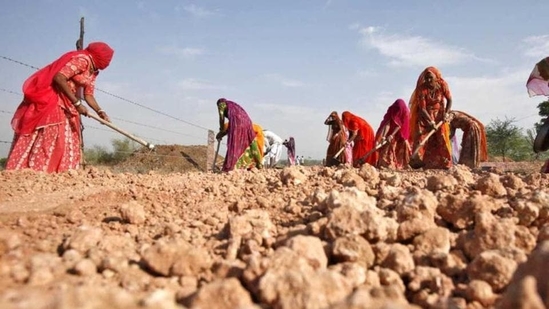Labour Day 2023: All about its history, significance, and why it is celebrated
Labour Day 2023: International Labour Day is celebrated every year on May 1 across the world to honour the achievements of labourers and workers.
International Labour Day is celebrated every year on May 1 across the world to honour the achievements of labourers and workers and to encourage them to be aware of their rights. Popularly known as ‘May Day’, it has its origins in the labour union movement in the United States in the 19th Century - specifically the eight-hour day movement.

Also read: Is a four-day week for India’s greater good?
Labour Day 2023: History and Significance
While New York was the first state to introduce a bill recognizing Labour Day, Oregon was the first to pass a law on it on February 21, 1887. Later in 1889, the Marxist International Socialist Congress adopted a resolution for a great international demonstration in which they demanded that the workers should not be made to work for more than 8 hours a day. With this, it was also decided that May 1 would be declared as a holiday.
Labour Day in India
India began celebrating Labour Day on May 1, 1923, in Chennai, and is also known as ‘Kamgar Divas’, ‘Kamgar Din’, and ‘Antrarashtriya Shramik Divas’. The day was first observed by the Labour Kisan Party of Hindustan, and is considered a national holiday in the country.
Also read: Fully booked! China braces for record May Day holiday rush
Labour Day celebrations
On this day, people across the world observe the day by conducting marches and protests to ensure the workers' rights and save them from being exploited. The day is also declared a public holiday in several countries in order to spread awareness.






